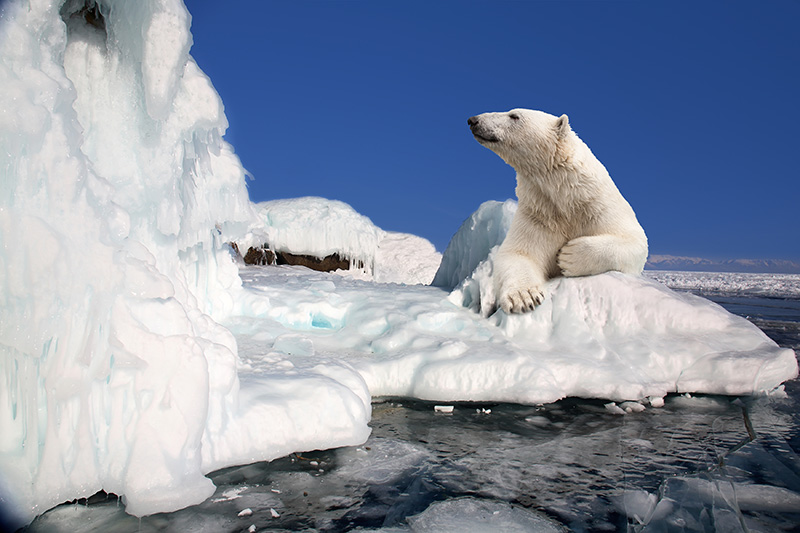
There are many dangers when visiting Longyearbyen and Svalbard. Here’s how to avoid getting into trouble.
To experience nature in its wildest form, few places on earth are better than Svalbard. The Arctic archipelago at 78 degrees north has rightly earned a stellar reputation in the world of adventure tourism.
Biggest dangers on Svalbard
The Svalbard archipelago is classified as Arctic desert. The environment is likely to be very different from anything you've experienced before, with added risk factors. The most common dangers on Svalbard include:
- Polar bears: There is a very real risk of running into one of Svalbard's few thousand polar bears outside the settlements
- Avalanches: Climate change is causing an increase in the number of avalanches throughout the archipelago
- Frostbite: The most common injury on Svalbard can creep up on you and be extremely dangerous
How to stay safe on Svalbard
The number one rule on Svalbard: The only person responsible for your safety is you. If you don't have experience in such an environment, you should not go out of the settlements on your own.
The main settlement of Longyearbyen is comparatively safe to the rest of the archipelago but there are still significant dangers. Polar bears are unlikely to enter the settlement itself but it can and does happen. Be on your guard especially in the dark season.
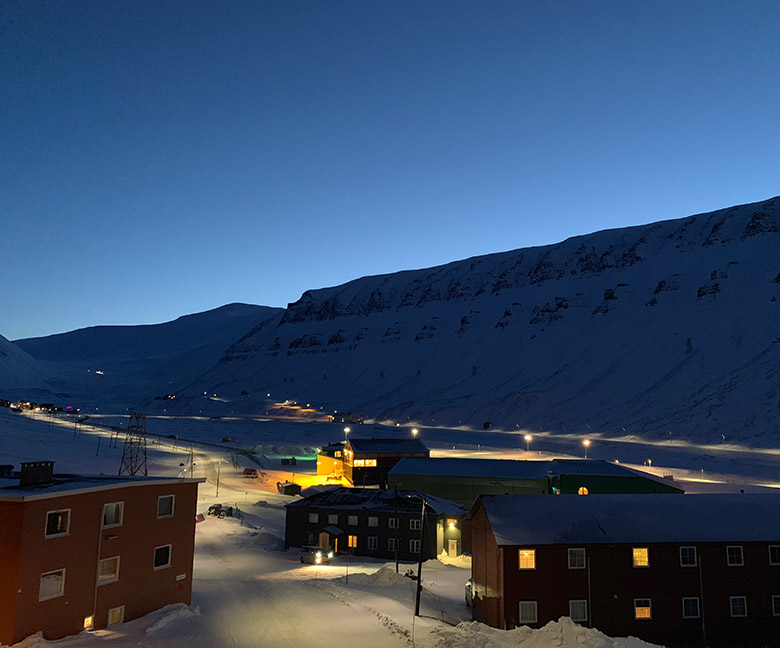
In 2015, an avalanche destroyed 11 houses in a residential part of the town. Another avalanche in 2017 has caused more houses to be evacuated and knocked down because of the high risk.
Roads and paths can be extremely slippy so wearing spikes is recommended during the winter and spring. Wearing a hi-vis reflective jacket is a good idea during the darkness.
Leaving the settlements
First and foremost, it is not recommended to leave the settlement for long periods of time on your own or in a small group without a qualified and experienced guide. Still, many people choose to do so, so here are some important guidelines.
You must familiarise yourself with the laws of the land, for they are different from mainland Norway. All visitors venturing outside Management Area 10 (check local maps) are required to notify the Governor of their plans and take out search and rescue insurance.
Check the website of the Governor of Svalbard for the latest information including avalanche risk. While they are increasingly common in Longyearbyen, landslides and avalanches can and do happen anywhere. In 2019, two Polish researchers were killed at a remote research station and in March 2020, two German tourists died following an avalanche near Barentsburg.
Clothing should always be suitable for the season, but windproof and waterproof layers are required year-round. Always take extra layers, especially hats, gloves and socks. There are well-stocked sports and outdoor stores in Longyearbyen should you need additional clothing.
Frostbite
In the winter, temperatures can be low and frostbite can set in quickly. To put it simply, frostbite is the freezing of the skin and underlying tissue. Exposed skin is vulnerable, particularly the fingers, toes, nose, ears, cheeks and chin, but it can also strike under clothing and gloves.
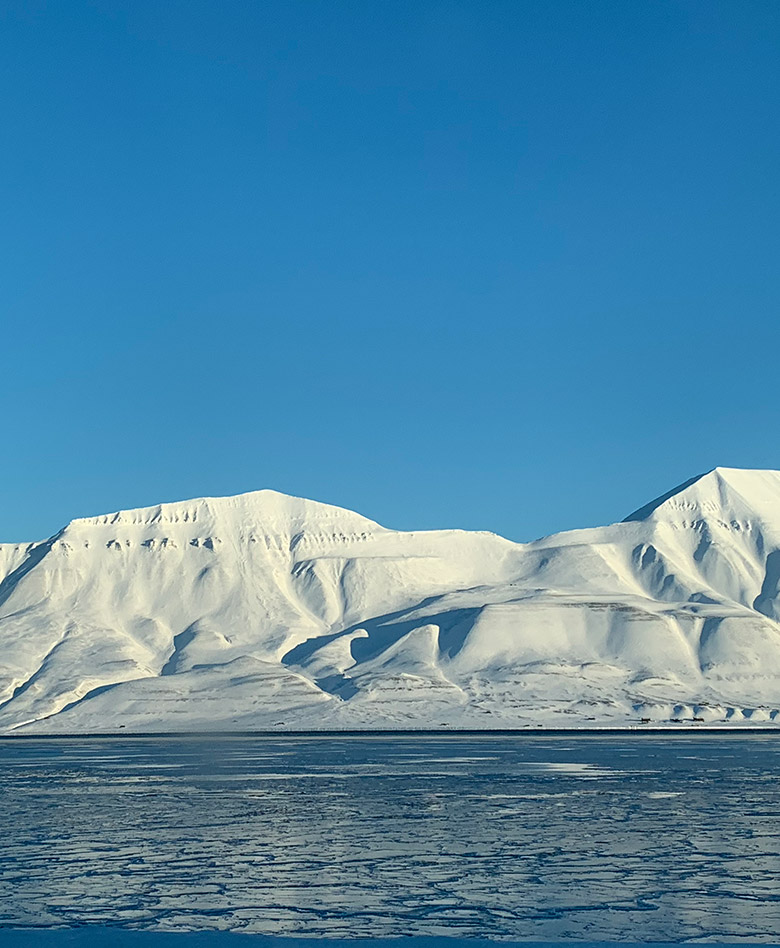
The biggest cause of frostbite is insufficient clothing, usually on the hands, feet and face. During the winter it is important to cover all bare skin, including the face. Two pairs of socks and mittens are highly recommended.
Be sure to know your route in advance and don’t dawdle, especially if you are walking between the commercial centre and Nybyen.
The risk of polar bears
The risk of a polar bear attack is very real. For this reason, you are not permitted to leave the settlement without a suitable gun (.308 Win calibre rifle or higher) and the ability to use it for protection. You should also have equipment to scare off polar bears, such as a flare gun.
Some weapons and other equipment can be rented in Longyearbyen, but you should check the website of the Governor for the latest information on permit availability.
The Governor recommends to keep weapons semi-loaded. This means there is ammunition in the clip, but not in the barrel to prevent accidental firing. Flare guns must not be loaded when travelling in built-up areas.
At camp, the Governor recommends there be someone on permanent polar bear watch. Trip wires and/or trained dogs can also be used as a supplemental warning system, but bears have been known to jump over trip wires.
If you come across a bear, every attempt should be made to scare it away using flare guns or other items.
Navigation & communication
Because of erosion, glacial flows, and snow storms, the terrain on Svalbard can change at short notice, making map reading challenging at times. Sea charts in particular can be inaccurate.
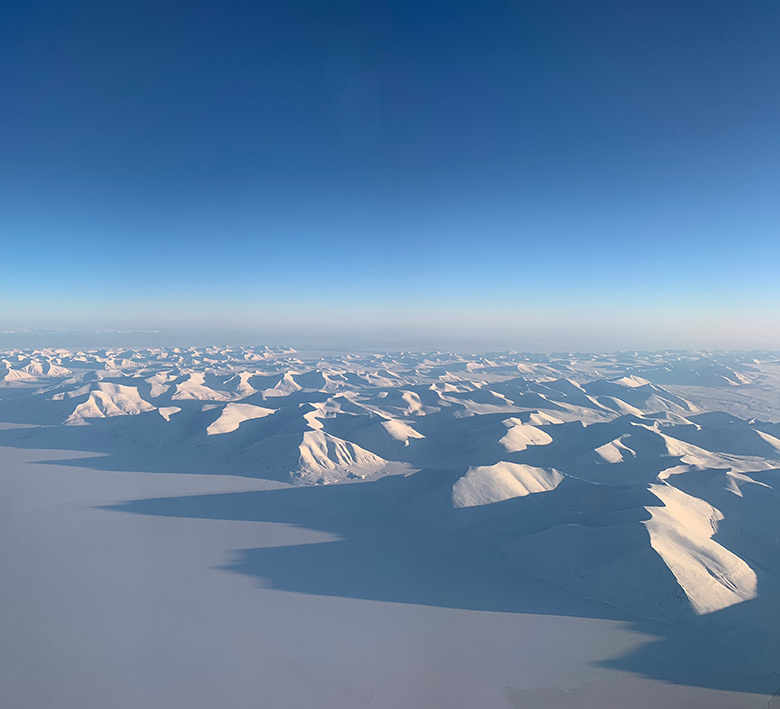
One of the biggest risk factors to exploring on your own is that there is no mobile phone signal outside the settlements. You are obliged to take an emergency beacon on longer trips. In the event of a life-threatening situation, activate the beacon to alert the joint rescue coordination centre.
It is also a wise idea to take a satellite phone with you. The emergency number for the Governor of Svalbard is 0047 79 02 12 22. When using a satellite phone, you must always dial the 0047 prefix.
If venturing out of Longyearbyen on your own or in a small group, you should always notify someone of your intended route and your planned time of return.
Equipment
Here is a list of equipment you'll need for an expedition away from the settlements. This is not intended as an exhaustive list, more as a checklist to help with your preparations:
- Weapons and items to scare away polar bears
- GPS, map, compass, and a satellite phone
- Emergency beacon
- Waterproof and windproof clothing to cover your entire body, including face
- Emergency rations and hot drinks
- First-aid equipment
- Tent, ground sleep, sleeping bag
- Rescue equipment for glaciers
- Matches in watertight container
- Fuel burner and fuel for cooking
- Survival suit if travelling on water
- Winter: Torch with extra batteries (kept in a warm place), candles
- Winter: Avalanche probe, ice claws, heaving line, snow shovel
Last but not least, it should go without saying but please don't leave anything behind. The Arctic environment is extremely vulnerable. While it's impossible to leave no trace, it should be your aim.
This article isn't meant to put you off from exploring one of the world's most intriguing destinations. If it does, consider joining a guided tour, especially if you've never spent any time hiking in the Arctic winter before. Take sensible precautions and your trip to Svalbard will give you memories for a lifetime!
If you enjoyed this post, why not share it on Pinterest so others can stay safe too? Here's a pin for that:
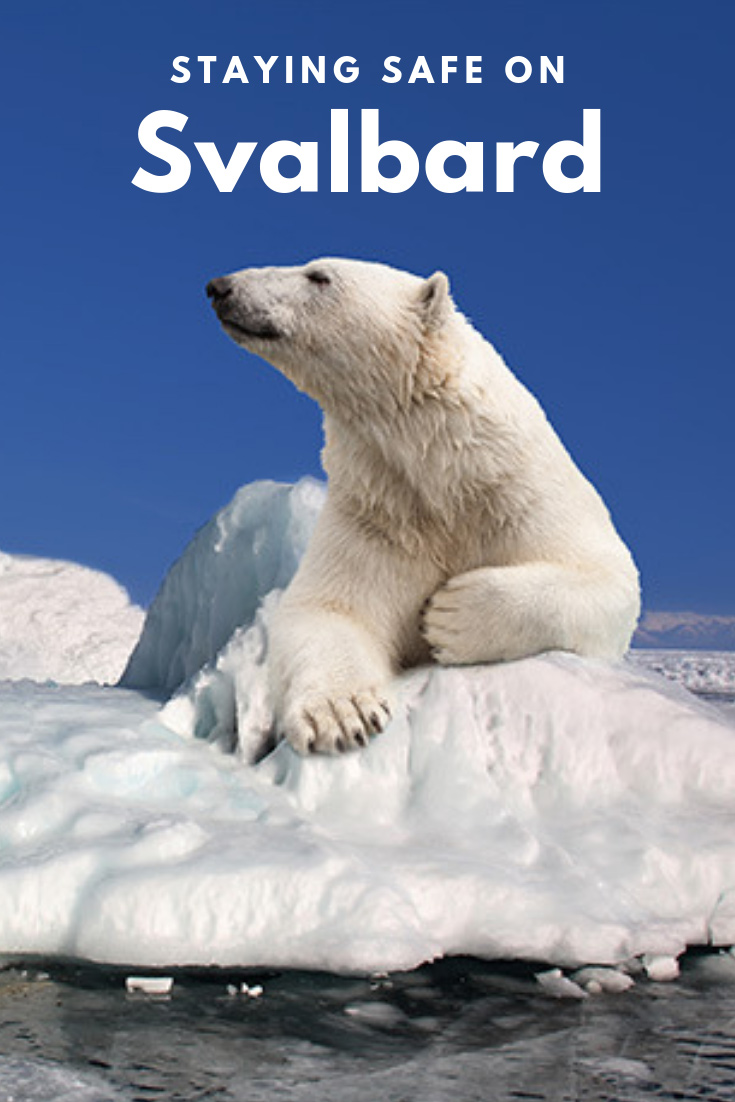


Do you see snowy owls in Svalbard?
Yes
Yes